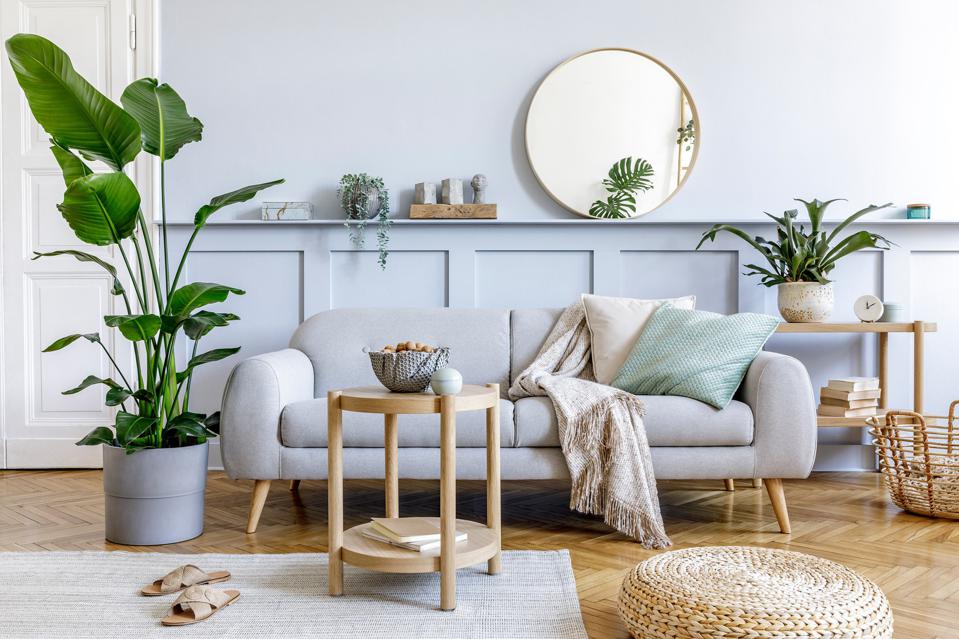
Training Your Dog with Bark Control Collars: A Step-by-Step Guide
- 0
Training a dog to reduce excessive barking is a challenge faced by many pet owners. The dog barking collars have emerged as a popular tool for addressing this issue. These devices use various methods to encourage your pets to lessen their barking, ensuring a peaceful environment for both the pet and the owner. Therefore, this article offers a comprehensive, step-by-step guide to employing bark control collars in dog training, emphasising responsible and humane techniques.
Operational Principles and Objectives
Before introducing a bark control collar to a dog, it’s critical to grasp their operational principles thoroughly. These devices are engineered to detect your pet’s bark and subsequently deliver a specific type of stimulus, such as a sound, vibration, or mild electric shock. This method is strategically utilised to deter excessive barking. The fundamental aim is to train them to associate excessive barking with a mildly unpleasant but entirely harmless experience, thereby encouraging better control over their barking behaviour in a variety of situations.
Selecting the Right Collar
Selecting the appropriate device is crucial. Choosing one that suits the pet’s size, breed, and temperament is important. They come in various types, including:
1. Vibration Collars: These emit a vibration when the dog barks.
2. Sound-Emitting Collars: These produce a high-pitched sound triggered by barking.
3. Static Shock Collars: These deliver a mild electric shock in response to barking.
Consultation with a veterinarian or a professional trainer can help in making an informed decision.
Step-by-Step Training Guide
1. Introduction to the Device: Start by letting the dog wear the collar without activating it. Therefore, this allows it to get used to the feel of the device, reducing anxiety or discomfort.
2. Choosing the Right Setting: Begin with the lowest setting of stimulation and observe the dog’s reaction. The aim is to find the level that gets its attention without causing distress.
3. Consistent Use: Consistency is key in training. Use the device during times when barking is undesirable. Avoid putting it on and off at different times, which can confuse your pet.
4. Monitoring and Adjustment: Monitor your pet’s reaction to the device and modify the settings as needed. Monitoring your pet’s behaviour is important to ensure the gadget is effective and not causing undue stress.
5. Positive Reinforcement: Combine the use of the bark control collar with positive reinforcement. Reward your fur friend for quiet behaviour with treats, praise, or playtime. Hence, this reinforces the learning and makes the training process more effective.
6. Gradual Removal: Once your pet starts to reduce barking, gradually decrease the use of the gadget. This helps to ensure that the behaviour change is permanent, even without it.
Safety and Care
Safety is paramount when using a bark control collar, and it’s crucial to adhere to specific guidelines to ensure the well-being of the dog. Key safety measures include:
– Ensuring the gadget fits properly; it should be snug but not too tight or too loose to avoid discomfort or slippage.
– Regularly inspect your pet’s neck for any signs of irritation or harm, and address any issues immediately to prevent discomfort or injury.
– Limiting the use of the collar to no more than 12 hours per day to avoid excessive pressure on a single area of the dog’s neck.
– Never use the device as a form of punishment, as this can lead to fear, anxiety, and aggression in dogs.
Conclusion
Training a dog using dog barking collars can be effective when done responsibly. It’s important to remember that these gadgets are tools to assist in training and should be used in conjunction with other training methods. Exercising patience, maintaining consistency, and emphasising positive reinforcement will yield optimal outcomes, fostering a harmonious atmosphere for the animal and the owner. Remember, the ultimate goal is a well-trained, happy pet and a peaceful home environment.






